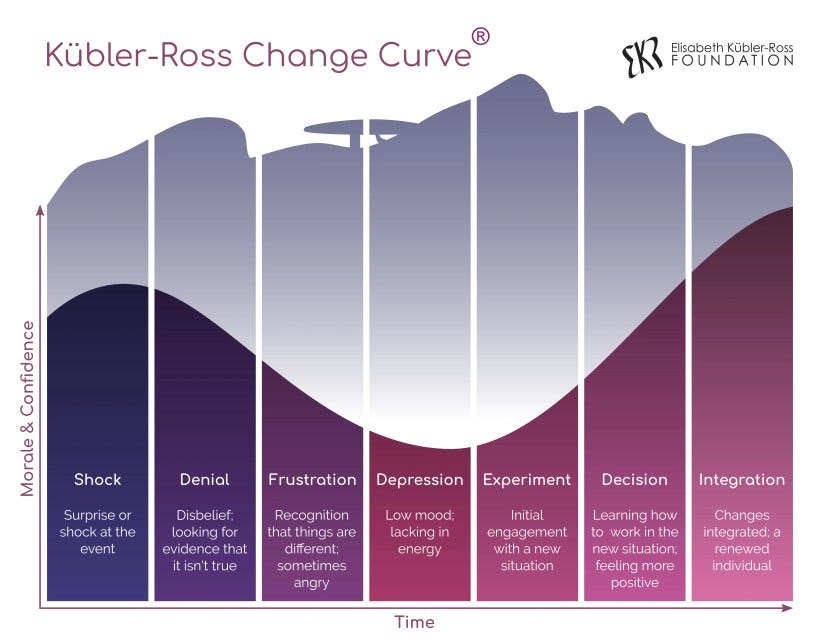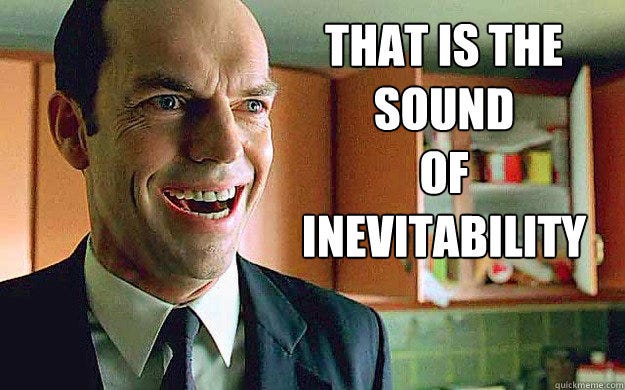Case study #16: How to Lead a Change
“Enough!” Something has to change.
Are changes positive or negative?
It depends. Some cannot live without changes. Others find every little change annoying. But can you avoid changes? Probably not.
So, what do you do when facing a change? While you might accept changes better in your private life and at work. Too many changes can cause frustration and a lack of motivation. That was exactly what happened to one team.
Robert worked in a project management team. They serviced multiple clients. Speed and quality were their main values. Yet, they often faced bottlenecks, changing requirements, lack of attention to detail, and surprises (new projects pouring in, changes in scopes, etc.).
He was sick of mistakes and constant team overloading from business development. “Enough!”
Something has to change.
What would you do to improve the way how this team worked?
What is a change?
A change is defined as the process of becoming different or undergoing alteration. Change can occur in a variety of sizes, from individual changes in behavior or beliefs to larger organizational, societal, or even global transformations.
Change can be purposeful or unintended, gradual or rapid, and appear in a variety of ways. It could include changes in routines, policy alterations, interpersonal development, or perspective shifts. Change is an essential part of (work) life, and it is frequently triggered by reasons such as:
Miscommunication or misunderstanding
Wrong assumptions or expectations
Lack of attention to details
Innovation & development
Culture differences
Poor leadership
External forces
Lack of clarity
Adaptation
What are top tree changes in the past year that influenced your life and work the most?Change is inevitable.
When working with Robert, we first had to define the areas that caused tension and why they triggered negative feelings and influenced team morale.
We found these:
Unrealistic planning (=poor capacity management)
Lack of knowledge and project details (=poor quality of deliveries)
Robert called for a change in how his team worked. To drive such a change, you need to understand how people react to changes.
Understand how people react to changes
Do you know the Kübler-Ross Change Curve? It’s a wonderful illustration of how people go through changes.

This curve originated in 1969. The author Dr. Elizabeth Kübler-Ross wrote about the coping mechanism for change, loss, and shock. Don’t you experience these at work? I bet you have been surprised a few times.
Be ready for different emotional reactions when you’re planning a change. You may wonder if this curve can be applied to everyone. Not quite. Some will favor and welcome changes.
Look at an example of the technology adoption curve. Imagine you’re implementing a new process, program, product, service, etc.

Expect the normal distribution:
2.5% welcome a change and will support you (you need them on board to drive a change).
13.5% are early adopters. They are willing to give it a go and experiment. They are your best advocates.
34% (early majority) will accept it thanks to early adopters who are opinion leaders.
34% (late majority) will accept the change when it works.
16% (laggards) will have a very slow adoption of changes because they don’t like learning something new, are in favor of the status quo, and hang on ‘this is how it has been always done’. They eventually accept but will keep nagging here and there.
Knowing this, you can plan a change effectively and be ready for what is to come. Shock, denial, annoyance, lack of support, negativity. As well as you will also need to find your innovators and adopters to work as a team.
You can’t change things alone. You need support. Always.
How to lead a change - a simple process
Keep reading with a 7-day free trial
Subscribe to leadink to keep reading this post and get 7 days of free access to the full post archives.




